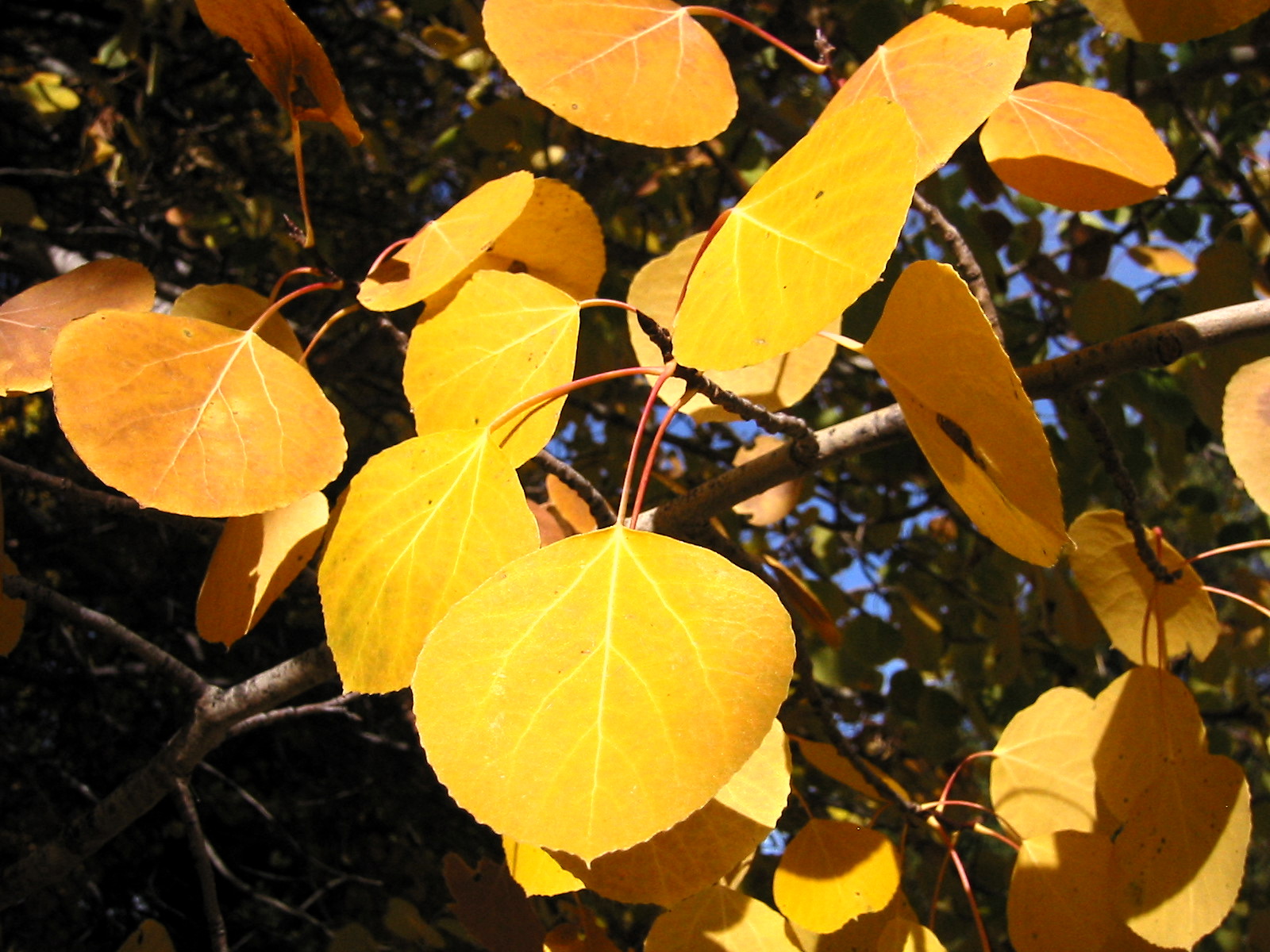
Trees rely on nutrients found within soils to maintain their overall health in the landscape. During the growing season, trees continuously utilize these soil-based nutrients for growth above and below ground (shoots and roots). In a forest setting, these nutrients are replenished by decaying leaves, grasses, and other organic material found on the forest floor. In the landscape setting, most of these beneficial sources of nutrient are continuously removed from lawns and planting beds during mowing and maintenance operations. This practice ultimately leads to soils with diminishing micro and macro nutrients as well as lower levels of organic matter. These conditions can lead to stressed, unhealthy trees.
If your trees are producing smaller leaves than normal, or the leaves aren’t quite as green as before, it could be a nutrient deficiency in the soil. Other typical symptoms of nutrient deficiencies are stunted annual growth, veins in the leaves darker than the rest of the leaf, or premature leaf drop during the growing season.
Fall fertilization is a way to replenish soils with the nutrients required by trees, while also improving organic material and microbial activity within these soils. These fall applications can supply trees with the nutrients required for root growth which occurs in the fall and winter season when soils are not frozen. In addition, fall fertilization improves the tree’s ability to handle the vast amounts of energy expended when leaves, flowers, and roots expand in the spring.
